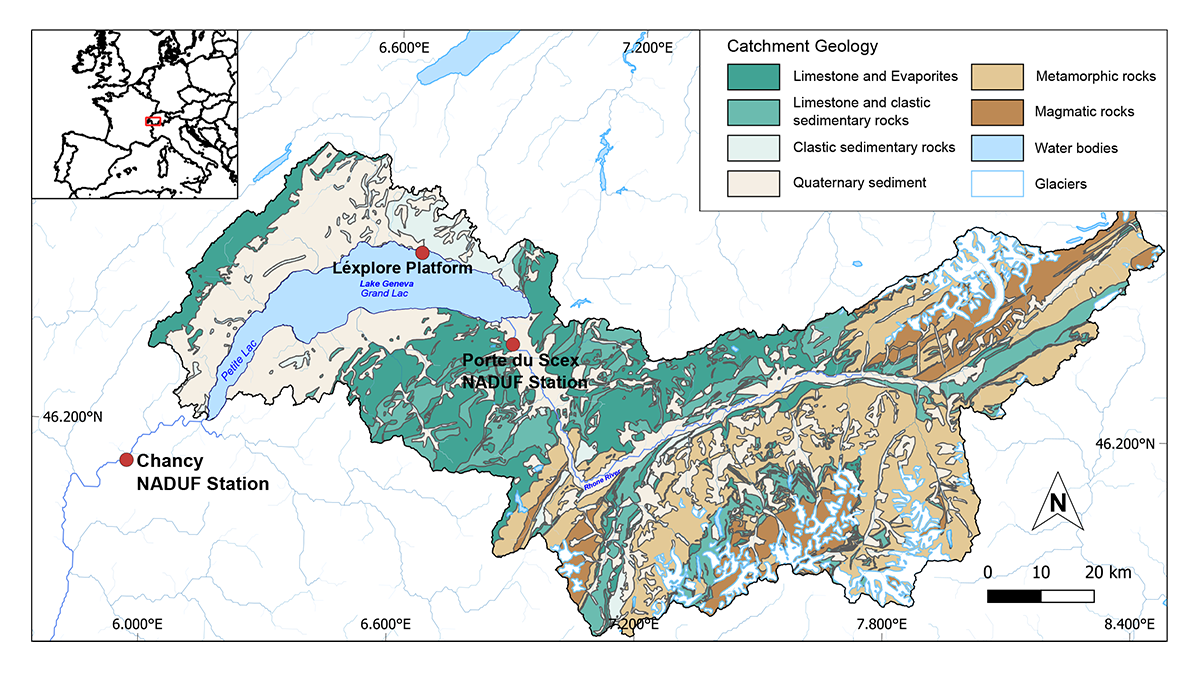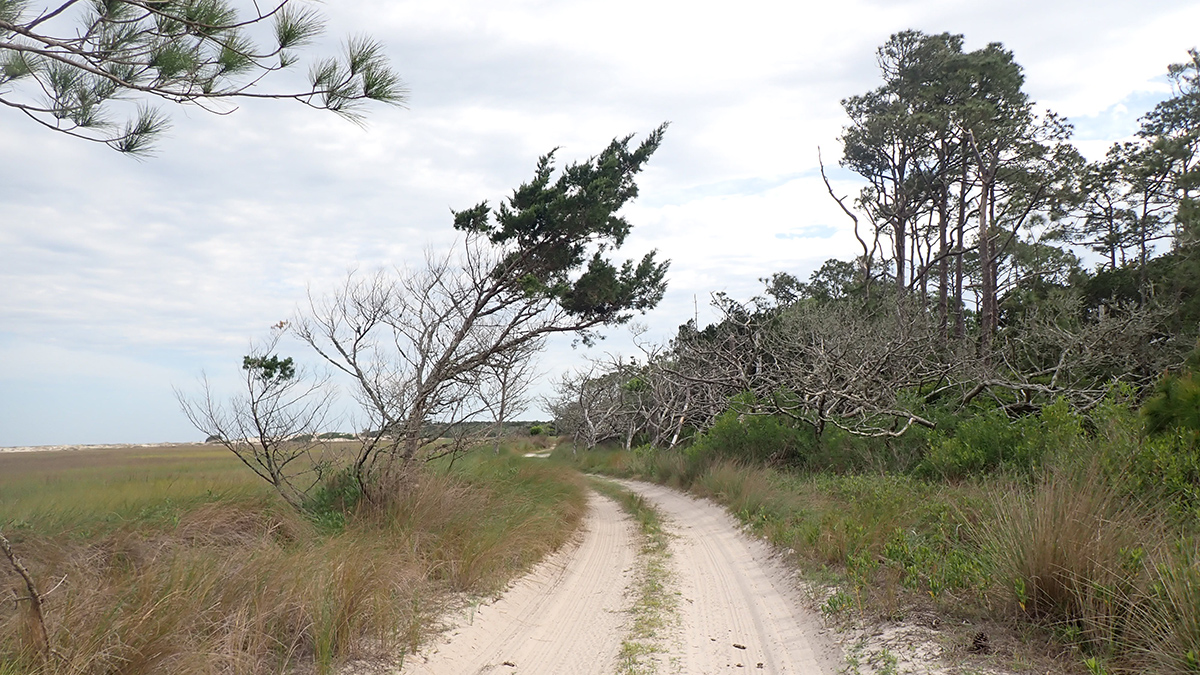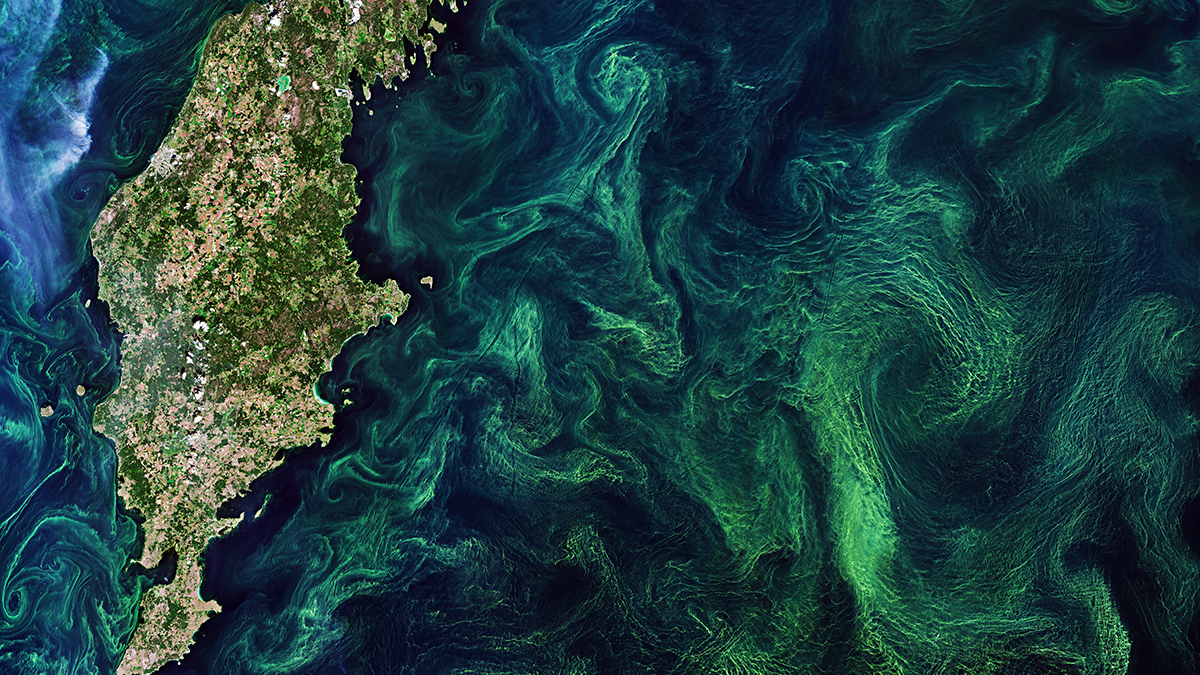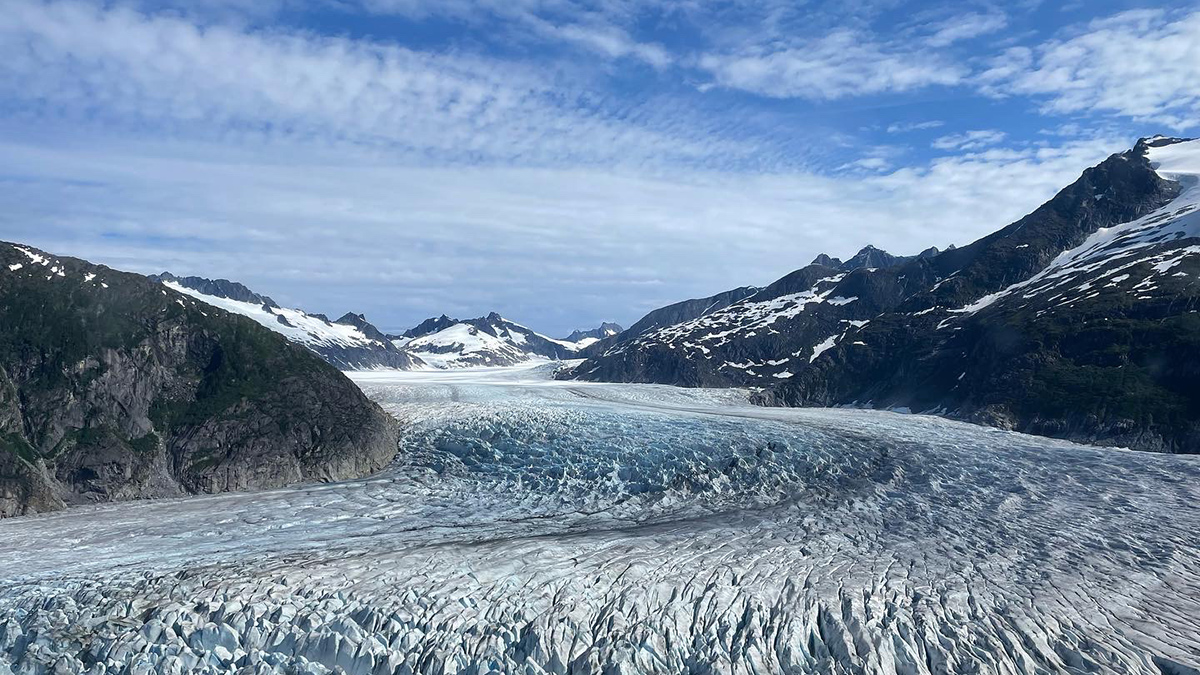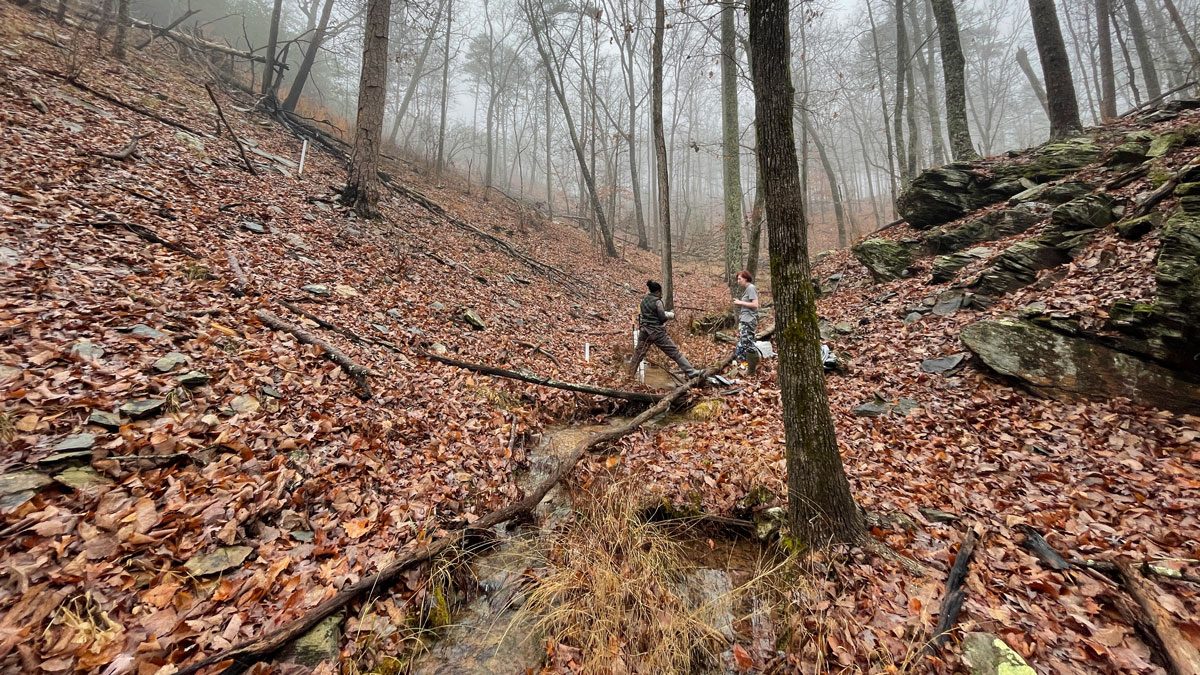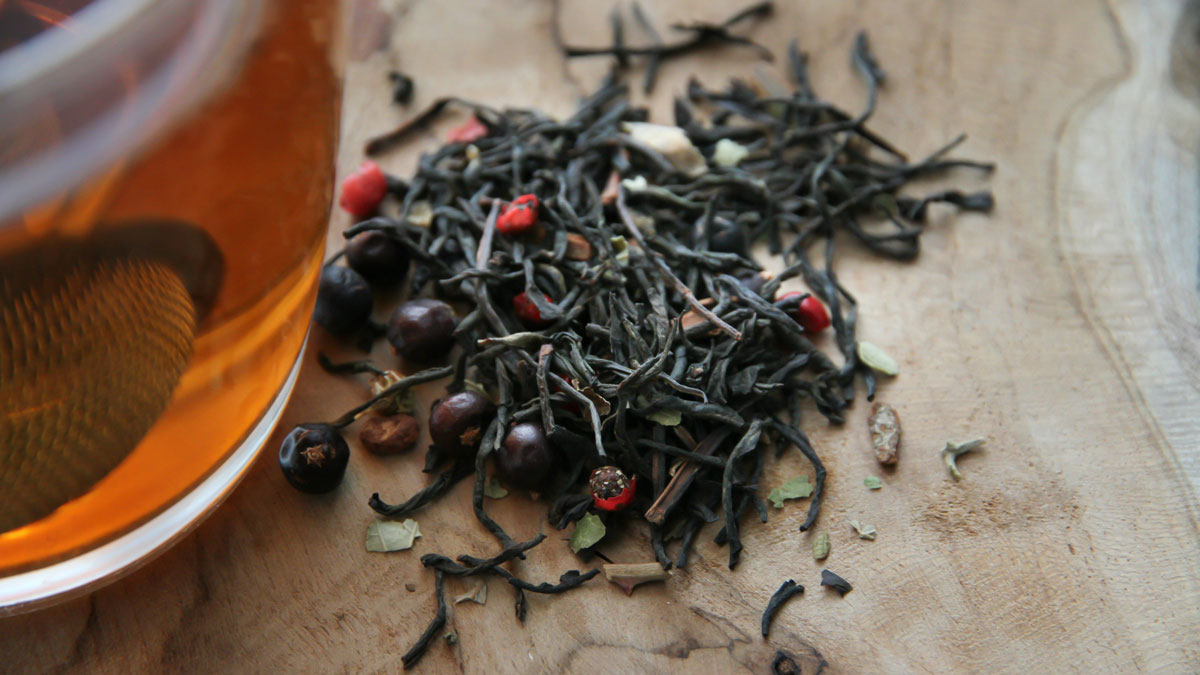Los frágiles ecosistemas de las tierras altas mostraron baja resiliencia a los incendios, lo que los hace más vulnerables a la degradación a largo plazo.
Health & Ecosystems
NIH Bans U.S. Scientists From Funding New International Partnerships
The National Institutes of Health (NIH), the world’s largest funder of biomedical research, announced a policy on 1 May banning scientists from directing its funding to international research partners, according to Nature.
Organic Radiocarbon Reveals its Inorganic Ancestry in Lake Geneva
Organic and inorganic radiocarbon ages resolve the origin and dynamics of carbon in the largest natural lake of Western Europe.
Flood Prediction Could Boost Road Resilience off Georgia’s Coast
Researchers and community members worked together to develop recommendations for how Little Cumberland Island can mitigate flooding hazards.
Could Bubbling Oxygen Revitalize Dying Coastal Seas?
Reoxygenation approaches have shown some success in lakes, but their potential risks must be examined carefully before they’re implemented as solutions to improve the health of coastal waters.
Glaciers Offer Clues into the Path of Fossil Fuel Pollution
New research traces the origin of carbon deposited from the atmosphere onto glaciers.
Large Outdoor Gatherings Expose Event-Goers to Severe Weather
Researchers pinpointed the riskiest events in terms of lightning and tornado exposure by mining data from more than 16,000 large outdoor gatherings.
Investigadores cuantifican el impacto de los animales en la transformación de la Tierra
Los animales salvajes utilizan 76,000 gigajulios de energía—el equivalente a cientos de miles de monzones o inundaciones—moldeando los ecosistemas terrestres y de agua dulce de nuestro planeta.
The “Surprising” Effect of Drying Headwaters on Nitrogen Dynamics
Contrary to predictions, spring rains caused a decrease in nitrogen at watershed outflows in Alabama.
Tea Leaves Remove Lead from Water
Surface and chemical properties of tea leaves may help explain the correlation between tea consumption and lower incidences of heart disease, high blood pressure, and stroke.



